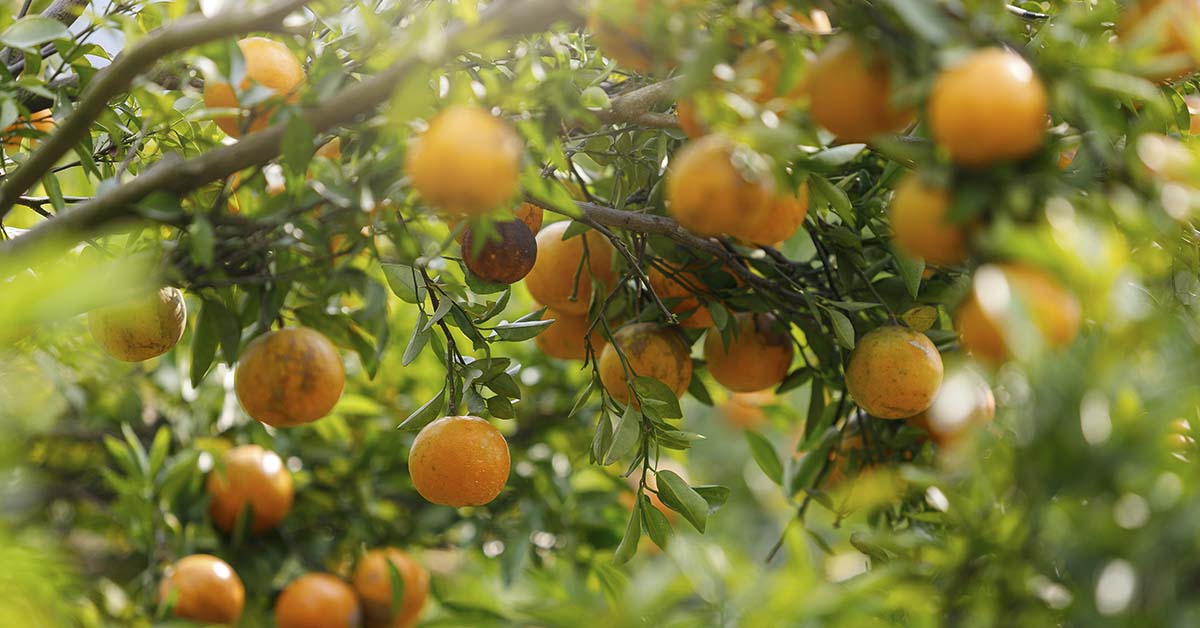In 1997, a juice company dumped 13,200 tons of orange peels on dead land in Costa Rica, unknowingly launching an extraordinary reforestation experiment. The deal helped both sides by getting rid of food waste while helping expand a national park. It seemed like a waste disposal problem that might help some barren land. Sixteen years later, Princeton researcher Timothy Treuer went looking for that dumping site and found something no one expected. The dead land had become a thriving forest.
The Orange Peels Experiment That Became a Reforestation Success
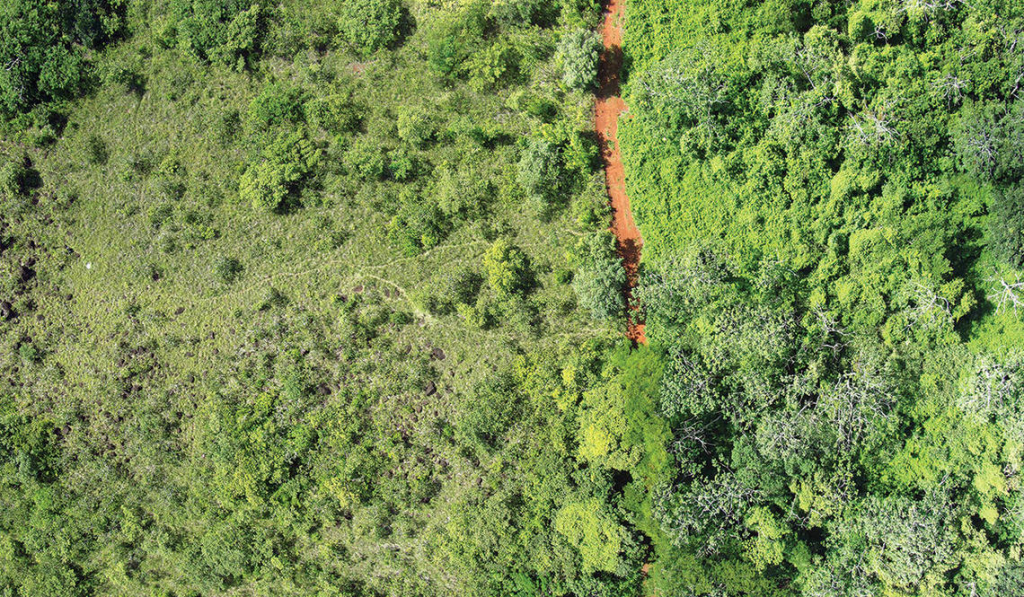
Treuer followed his GPS to Costa Rica’s national park to check on an abandoned research site. He expected to find bare, dead land where orange peels had been dumped 16 years earlier, not knowing this would become an accidental reforestation success story. Instead, he found a thick jungle. The forest was so dense he couldn’t find the original 7-acre site. The dead soil had become a living forest. Navigation was impossible. Treuer had to use local landmarks and search repeatedly to confirm he was in the right place. What had been lifeless ground was now an impenetrable jungle.
The Numbers That Broke Science
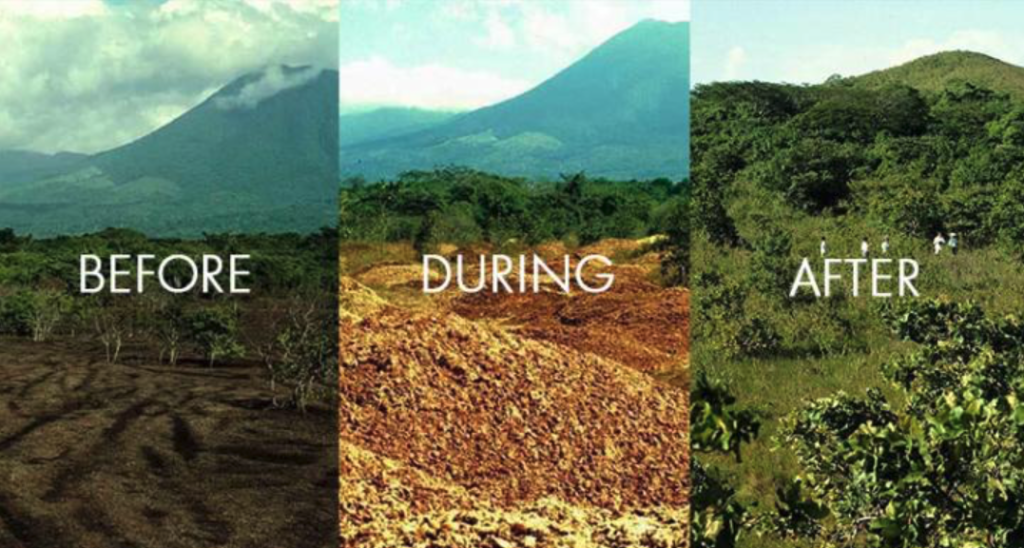
When Treuer found the right spot, the measurements seemed impossible. The land had been dead when orange peels were dumped in 1997. Now, research data showed 176 percent more plant growth compared to the original barren state. Plant matter includes all the living trees, bushes, and plants above ground. Researchers compared this area to nearby land that received no orange peels. The orange peel area had richer soil, bigger trees, and more types of plants. The differences were so large that they checked their numbers multiple times.
Read More: This Eclectic Community Transformed a Desert into a Fantastical Forest
The Desperate Deal That Started Everything
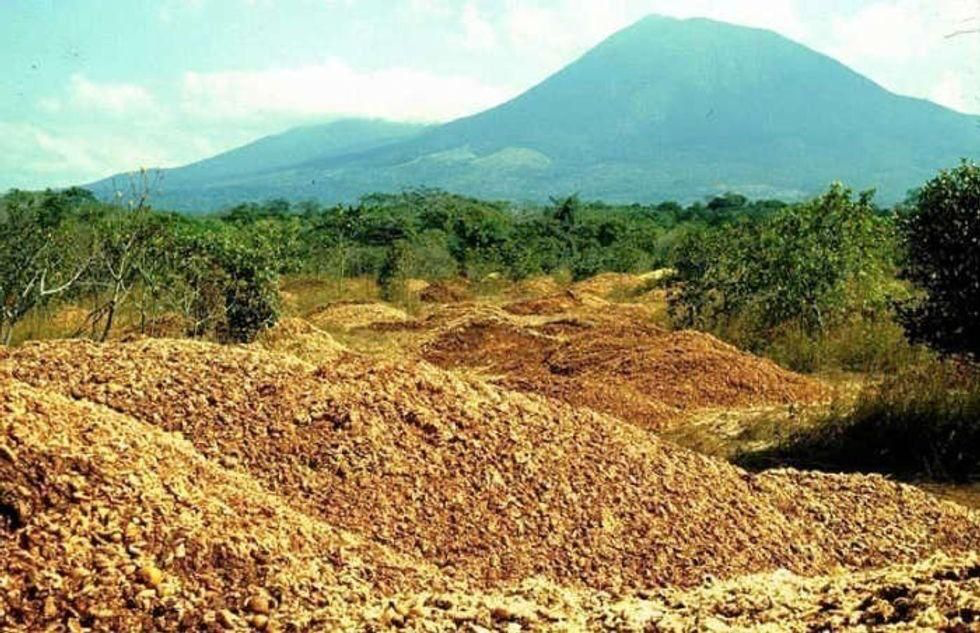
How did orange peels create this forest? It all started in 1997 with a deal that helped both sides. Princeton researchers Daniel Janzen and Winnie Hallwachs wanted to expand Costa Rica’s national park to protect more wildlife, but had no money to buy land. Orange juice company Del Oro had mountains of orange peels to throw away, and disposal was expensive. The arrangement worked for everyone. Del Oro would give valuable land next to the park for free. In exchange, they could dump their orange waste on dead parkland at no cost.
Twelve Thousand Tonnes of Orange Peels
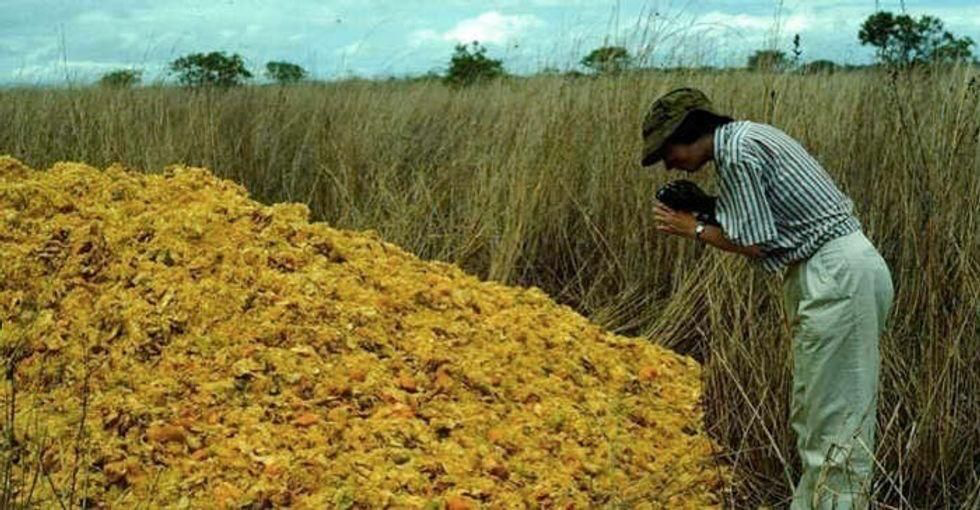
The forest began with a huge dumping job. Over several months, 1,000 trucks carried 13,200 tons of orange peels from Del Oro’s juice factory to a 7-acre site. That’s about the size of 5 football fields. The truck drivers formed towering piles of orange waste across the dead land. This was an enormous amount of food waste that would have cost Del Oro thousands to dispose of normally. Instead, it was dumped on land that nothing could grow on anyway.
Six Months of Rapid Transformation
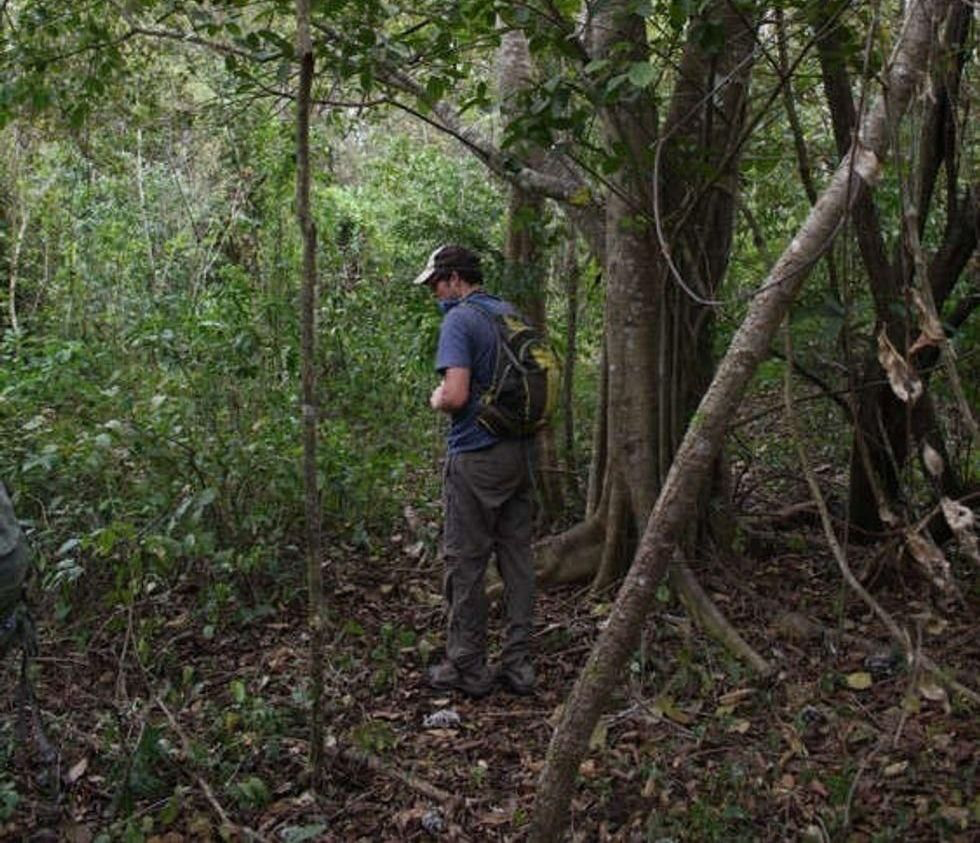
The orange peels began changing the dead land within six months. The huge piles of fruit waste broke down into thick, rich black soil. Soil fertility refers to how well dirt can support plant growth. The orange peels dramatically improved the soil as they rotted and released nutrients. This created conditions where plants could finally grow. The speed stunned everyone. Most people expected organic waste to take years to make a difference, not months. This soil improvement from the orange peels set the stage for the reforestation that would transform the area over the next 16 years.
Read More: Mushrooms Can Eat Plastic, Petroleum and CO2
The Lawsuit That Killed the Project

The orange peels were working, but the project was shut down anyway. A competing juice company called TicoFruit sued Del Oro. They claimed Del Oro had “defiled a national park” by dumping waste on protected land. Costa Rica’s Supreme Court agreed with TicoFruit. The court ruled that dumping violated environmental laws. Del Oro had to stop immediately. The site was abandoned for 15 years. Scientists couldn’t study what was happening. The lawsuit turned a research project into an accidental experiment.
The Science That Still Confounds Researchers
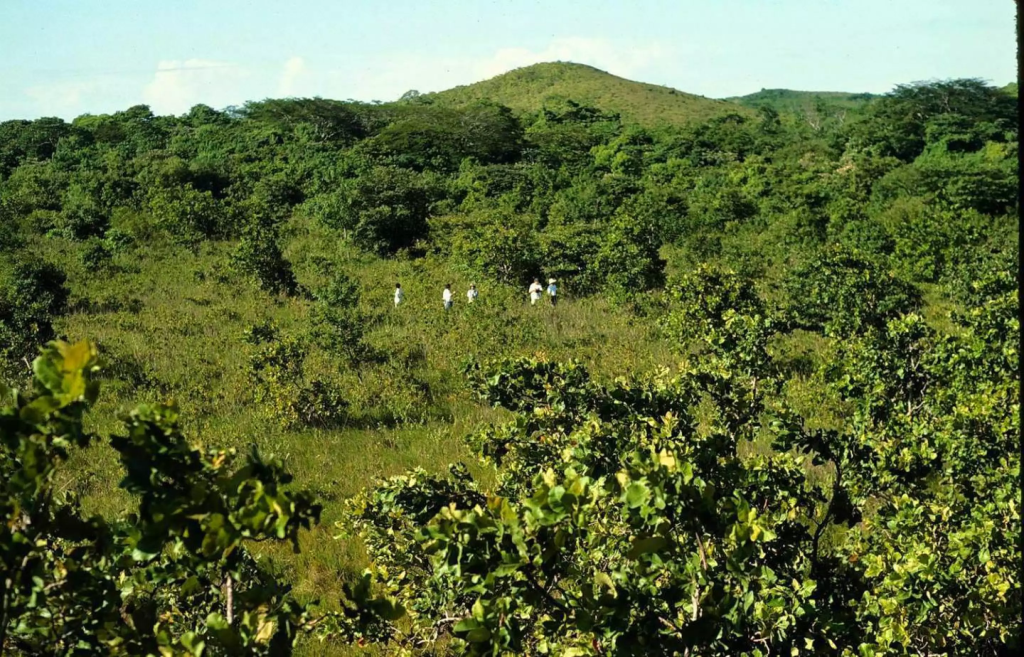
When Treuer found that thriving forest in 2013, it mystified scientists and could change conservation forever. Most conservation costs money. This project saved money while storing carbon from the air. Scientists call this cost-negative carbon sequestration. It’s extremely rare. Most projects to capture carbon are expensive, making this orange peel success both scientifically rare and economically valuable. How did it work? Scientists still don’t know exactly. They think the orange peels stopped invasive grass from growing while feeding nutrients to the soil.
What This Means for Conservation Everywhere
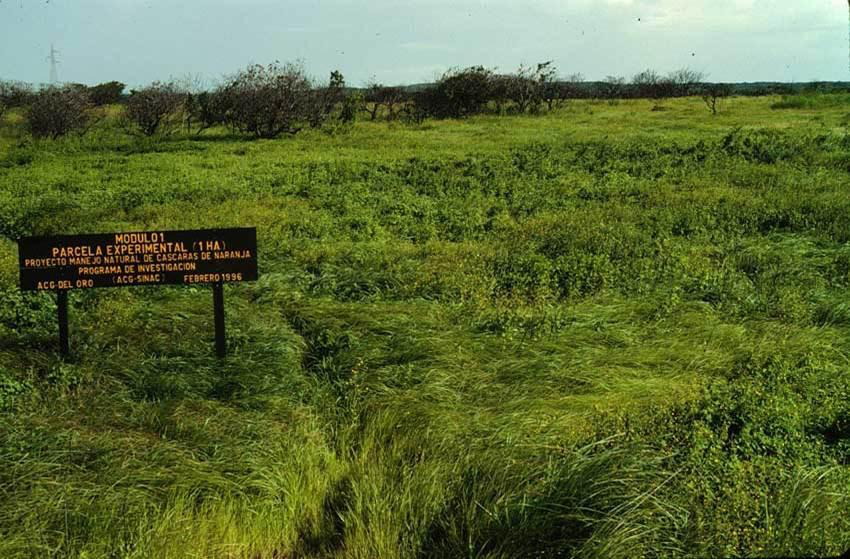
The success in Costa Rica could change how we save nature worldwide. Instead of expensive restoration projects, we could use food waste to bring dead land back to life. Many farms and food companies have tons of organic waste they need to dispose of. Many areas have damaged land that can’t grow anything. This experiment shows we can connect the two, turning orange peels into reforestation tools. Research shows that healthy forests store more carbon from the air than dead land. Studies published in Restoration Ecology suggest food waste from different industries could restore damaged areas while solving disposal problems. Conservation could make money instead of costing it.
Read More: High-Tech Drones Are Giving Reforestation a Helping Hand
